Enjoy this article?
Most Museums Journal content is only available to members. Join the MA to get full access to the latest thinking and trends from across the sector, case studies and best practice advice.
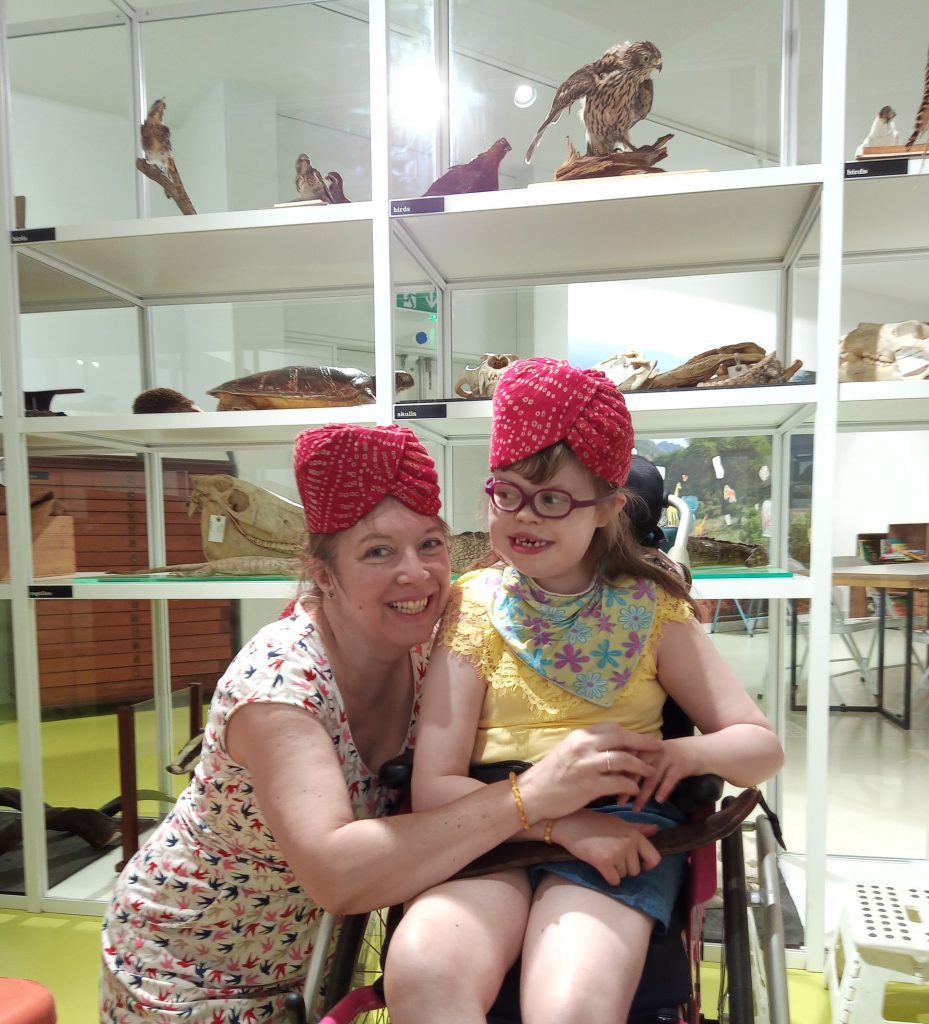
For more than 20 years, Sam Bowen has dedicated her career to endeavouring to ensure that everyone – regardless of their background or abilities – receives a warm welcome and an enriching experience when they visit a museum.
During her early days at heritage attractions in Kent, she combined day-to-day duties with reaching out to non-traditional audiences – from adult learners and excluded families to traveller communities – by developing partnerships with schools and charities to unlock their stories.
More recently, she has led a pioneering campaign designed to equip institutions with the know-how to create inclusive and accessible experiences for people with special educational needs and disabilities (Send).
It’s an issue close to her heart; her daughter Lucy was born with a genetic condition that left her with severe physical and learning disabilities.
“I quickly discovered that people often didn’t see the individual, just the problem or the need. I used that subsequently as an inroad into difficult conversations,” says Bowen, who initially gave up her job to care for Lucy. “I have to admit the first four years were awful. Lucy wore a harness and was then put into a full body cast; no clothes would fit her, and I became sick and tired of people staring at us.”
Bowen’s solution was to start designing clothes for children like Lucy. She started her own business, which she later sold to an international company.
“I really like helping people in difficult times, finding a way out of challenging situations,” says Bowen, who found that mum-and-daughter museum visits were frustrating affairs.
“I remember us going to one activity session at a gallery where families were invited to make small animals out of clay. Lucy has no manual dexterity or hand-to-eye coordination to replicate anything like that.
“On another visit, there was an interactive sculpture that had a two-foot lip around the entrance, which other kids climbed through; I saw Lucy’s look of sadness and shame at not being involved and thought that my background of learning and curatorship could help change things for the better.”
She resumed her role as a museum development officer and, in 2017, started three projects linking museums with special schools to work out how relatively minor changes that didn’t cost the earth could make a world of difference to visiting Send families and schools.
The number of participant museums grew and Bowen collated all the ideas into the Special Schools and Museums Toolkit, which includes hints and tips – from website accessibility to the installation of Changing Places toilets and the utilisation of open-ended multisensory activities.
“The toolkit had to be usable, friendly in tone and nothing to be scared of as fear is the biggest limit to inclusion,” says Bowen.
“I’ve experienced some really difficult stuff and have come close to losing Lucy several times. This is not just something nice that museums might do; the sector really needs to embrace it fully.
“I’ve been to events where people have said that Send isn’t ‘sexy’ enough or that, in the light of other social justice causes of the moment, this is the ‘wrong time’ to raise it. I hope there comes a time when people won’t simply say, ‘we just don’t know how to approach this’.”
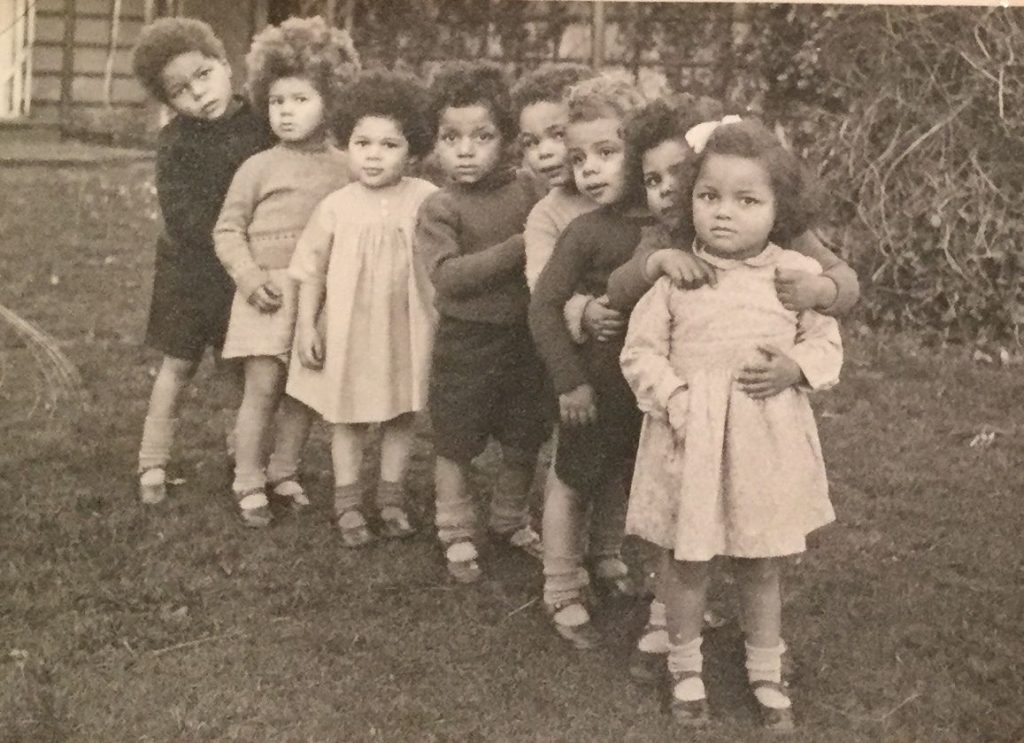
The Mixed Museum began life in 2012 as a website detailing academic research into the history of racial mixing in 20th-century Britain.
Much used by writers, filmmakers and photographers as source material for projects, it floundered when funding dried up, but Chamion Caballero, one of its creators, was keen to see it live again.
Quitting her university job for the life of a freelance researcher gave her the time and space to resurrect the museum as a social enterprise with two major stories waiting to be told via digital exhibitions.
One was the history of mixed-race Irish families and the second was the story of Britain’s “brown babies”, the 2,000 children born to Black American GI fathers and white mothers during the second world war despite the attempts of the US and UK governments to keep both parties apart.
“It was based on interviews by Lucy Bland of Anglia Ruskin University who got in touch to ask if – in the light of her wonderful paper banner project being stuck in Manchester Library because of lockdown – there was a way we could create a digital exhibition of her material,” says Caballero.
“The wheels started moving and the Mixed Museum was kickstarted back into life in 2020. It was a challenge as we went from a stagnant website to a flurry of activity and brand new content in two years, and through a pandemic.”
The Brown Babies exhibition is a natural fit for the museum. “Lucy Bland has allowed them to tell their own stories; much of the previous academic work and much of the history of racial mixing in Britain has been told by outsiders,” says Caballero.
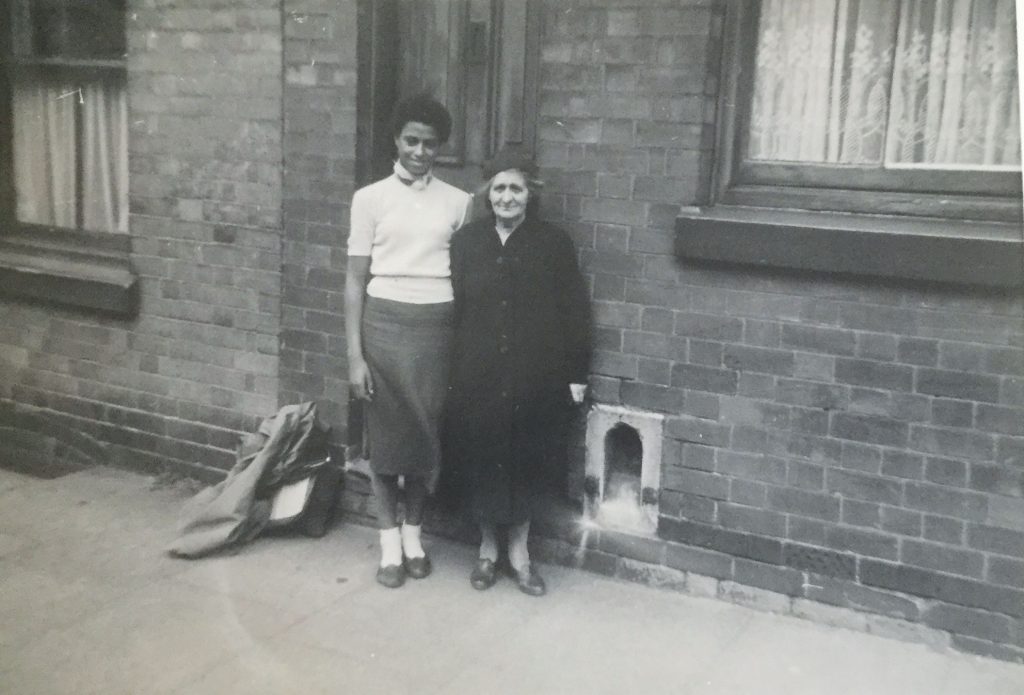
“The Mixed Museum is dedicated to ordinary people describing experiences in their own words. We’re still adding interviews and looking through archives, diaries and photos to add to the narrative.”
An audio version is being prepared and a new section is planned to feature the stories of people who have tracked down their GI fathers, Caballero adds.
“As we’re not a physical museum, we were worried that we wouldn’t be taken seriously, but this award is a wonderful accolade to share with our contributors who, after years of being marginalised, are finally witnessing their history being seen as significant and worthy of attention.”
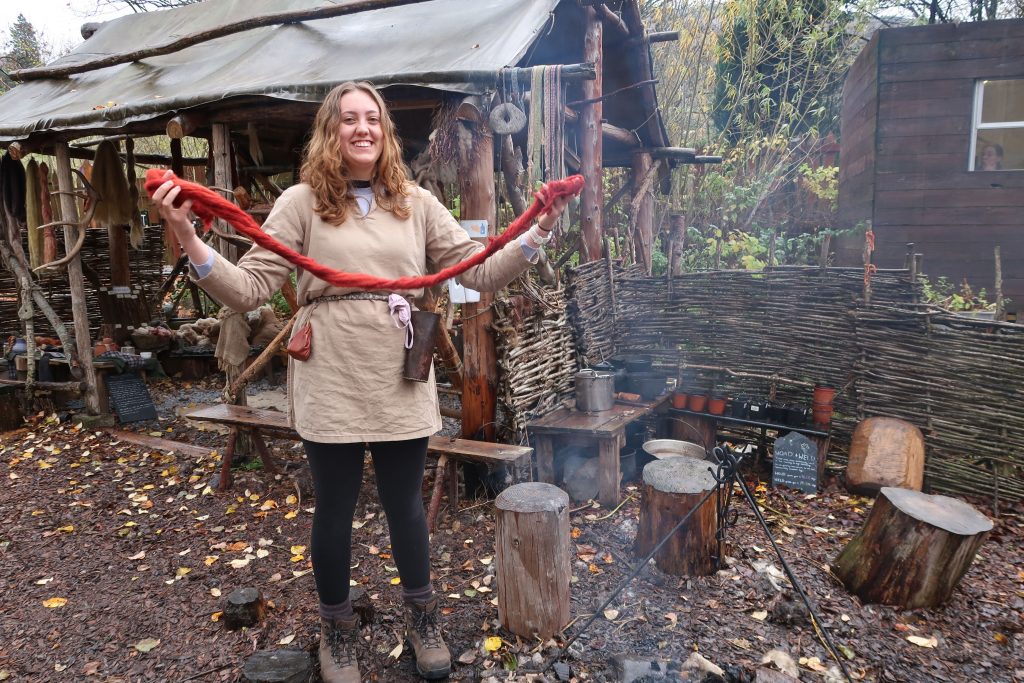
Having beaten the odds during the pandemic to ensure its workforce stayed safe and ready to welcome surprisingly large numbers of visitors through its doors, the Scottish Crannog Centre thought its number was up when fire destroyed its centrepiece attraction – the reconstruction of an Iron Age dwelling on the banks of Loch Tay.
“Everything changed because we had lost the crannog, which is at the heart of the site, but we also realised, in some ways, that nothing had changed,” says Rachel Backshall, community archaeologist and the living history museum’s events coordinator. “We had been planning to move the museum to a new site and the fire just meant it had to happen more quickly.”
Backshall was the first to arrive when the fire alarm was sounded on that fateful evening last June.
“Within six minutes, a small blaze became an absolute inferno,” she says. “The retained firefighters, all local lads we knew, were brilliant in keeping the collection safe. The only thing lost was a replica building.
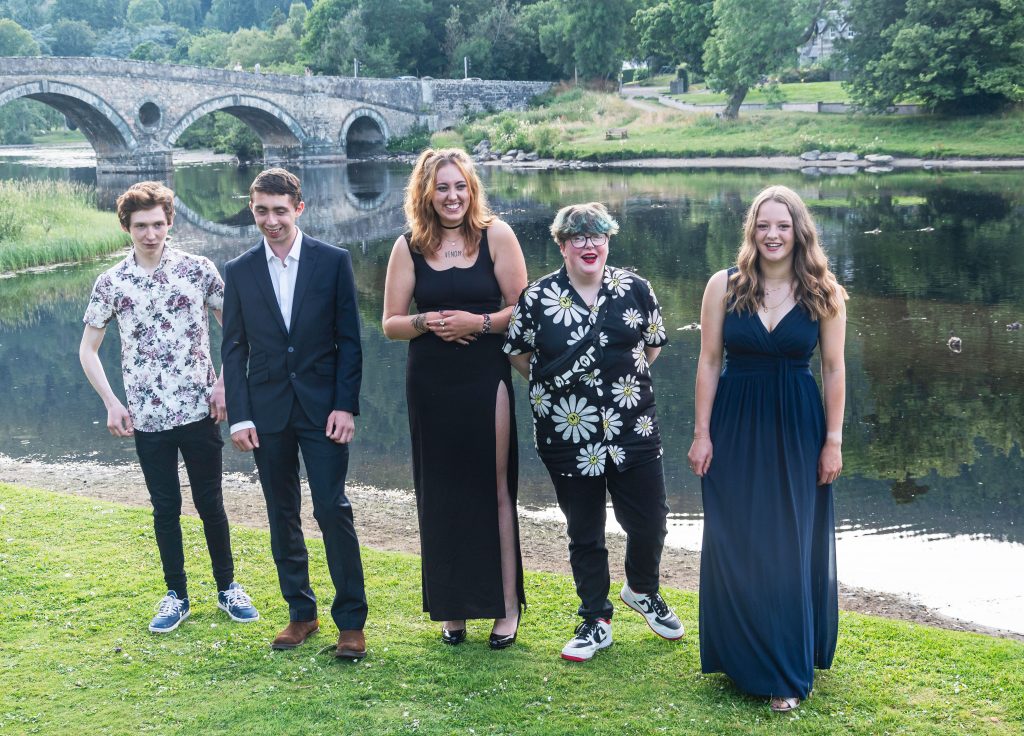
“We were lucky in many ways and there was such an outpouring of support from the local community,” says Backshall. “It was quite humbling; you’re never sure of just how much people care about you as an institution until something like this happens.”
Turning up for work the next morning – armed with comforting confectionery – were the first five recipients of the centre’s innovative apprenticeship scheme, which kicked off in the summer of 2020. It was set up to build young people’s confidence and pride in their community through leading visitor tours and learning traditional skills, such as woodworking and textile-making.
“They started the previous August and, despite Covid, just flew into their roles,” says Backshall. “The fire was one of the biggest shocks of their young lives, but they all grew as people and staff learned as much from them as they did from us.
“Having a team of young people from different backgrounds and with different interests has certainly helped us develop more diverse engagement with our audiences,” she adds.
The apprenticeship scheme – which counts towards an individual’s Scottish Vocational Qualification – is worlds away from the traditional single-department placement where interns often do little more than shuffle paper and make the tea.
“They work across the entire site and are encouraged to be as creative as they like and make their own decisions,” says Backshall. “One of the girls wants to go to university for a degree in experimental archaeology, while one lad who has just four per cent vision describes the museum as the first place where he has been properly supported and his confidence has grown.
“So much so, in fact, that for a visit by the deputy first minister of Scotland, he stood up to present a poem he had written and played the lyre.
“Another girl, who can be a right minx and get into all sorts of mischief, has discovered she gets a kick out of presenting to an audience, when she suddenly becomes the most mature person in the room,” says Backshall.
And the five apprentices have all played their part in helping to spread the word about the scheme’s benefits.
“They have presented to creatives, other museum staff, charities and local businesses in what is one of the most deprived areas of Scotland,” says Backshall. Via Zoom they talked to Museums Galleries Scotland after which one of them sang the Loch Tay Boat Song. Seasoned professionals were visibly in tears.”
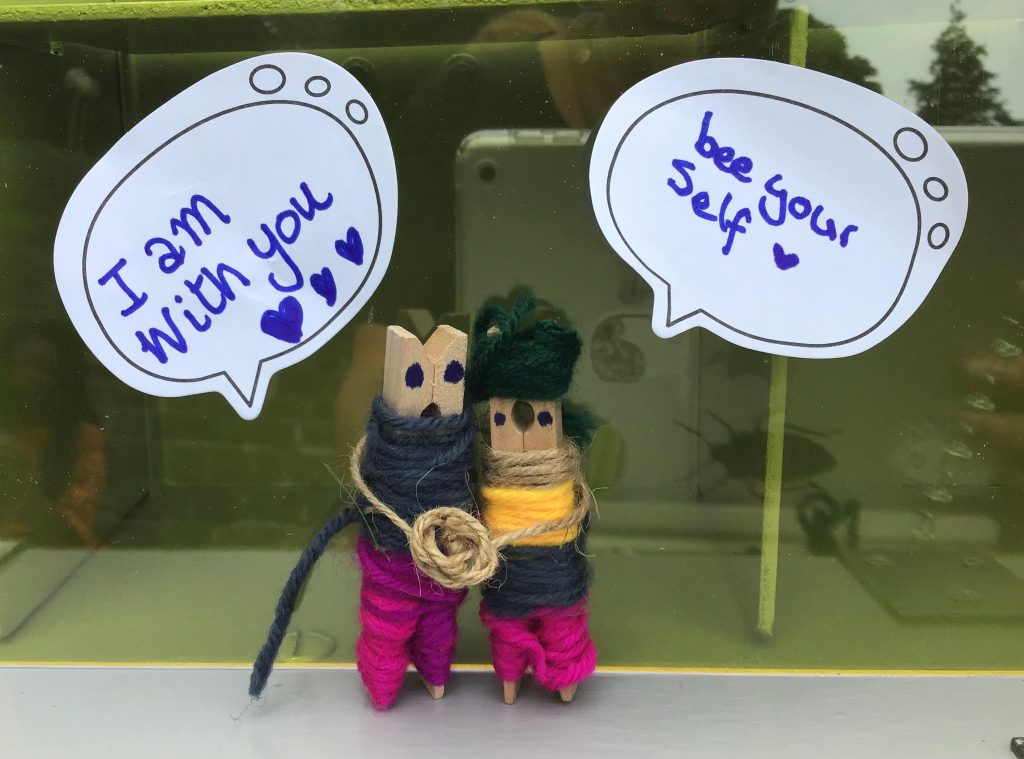
Last March, artistic programme manager Andrea Hadley-Johnson launched an exhibition at the National Justice Museum after 18 months of hard labour and not-inconsiderable sums of public money. You can probably guess the rest – pandemic, furlough, lockdown.
It was time to think of new ways of keeping connected with local people, an issue close to Hadley-Johnson’s heart. She had, after all, initiated the Make it Yours workshops – free weekly sessions in which people who were not traditional museum visitors were invited to go in and work with artists to create works inspired by objects in the museum’s collection.
“Each week, the room was filled with people who used to think museums weren’t for them; we could hear and learn from them directly about how to make what we did relevant to their lives,” she says.
“All museums should be better at representing the towns and cities where they are based, encouraging people to feel part of things. One woman told me she had kept the small ceramic object she made at a workshop in her bra for six weeks. She wanted to keep it close as it reminded her of the confidence she had felt in the room.”
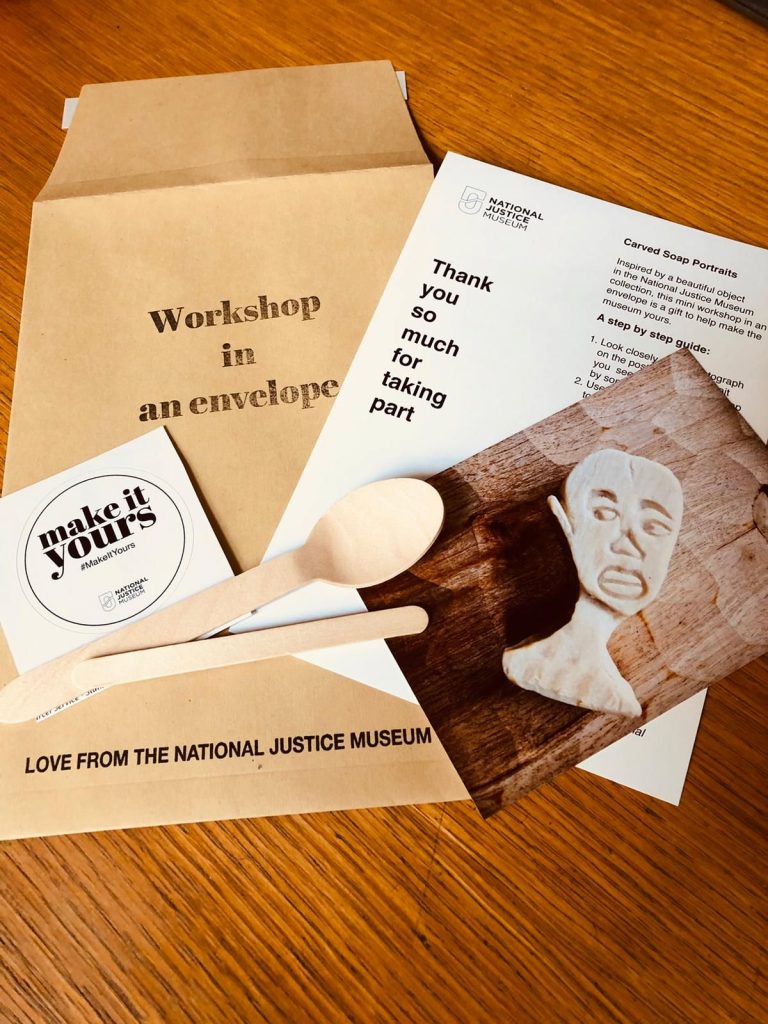
With visitors not allowed in the museum at the height of the pandemic, Hadley-Johnson decided to maintain the sessions by sending materials to people at home and the Workshops in an Envelope initiative was born.
“We stamped them ‘with love from the Justice Museum’ because I wanted the experience to be as kind and personal as the face-to-face sessions.”
Museum staff assembled packs in their own homes and the museum partnered with housing and prison charities to widen the potential audience who shared their creative efforts on social media. Some of the items will form the basis of an exhibition in 2023.
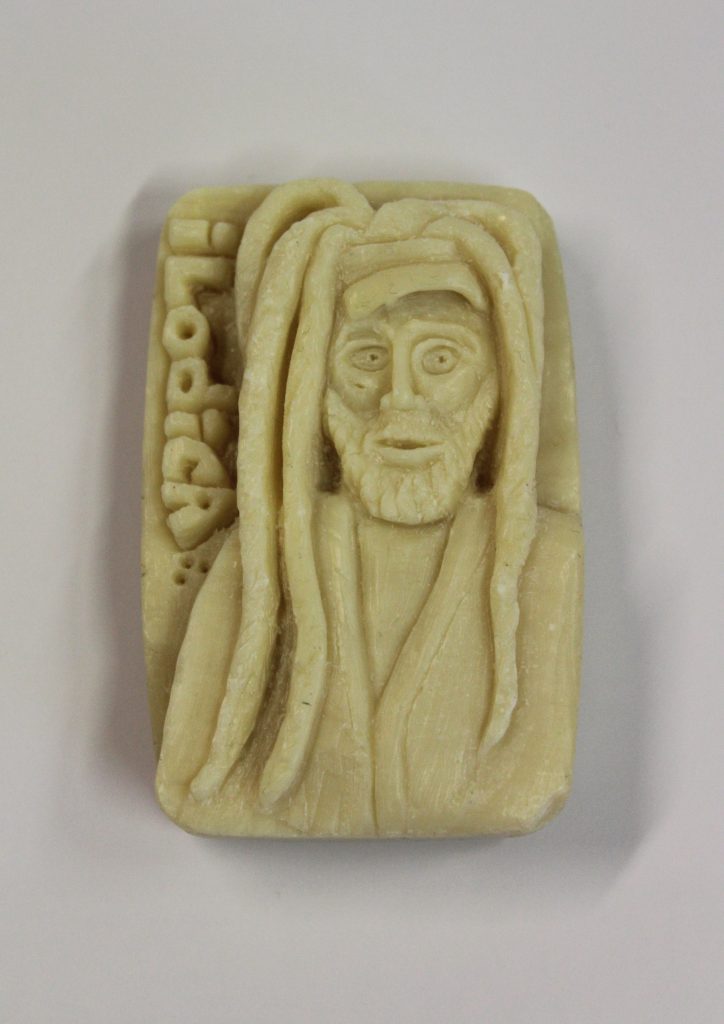
“One of the packs contained a photo of a collection object – a bar of soap into which a prisoner somewhere had carved a portrait, presumably just to pass the time.
“Along with some soap, we added some improvised tools such as ice-lolly sticks, things that could safely go into prisons.
“One man sent back his effort with a note saying that carving the soap had stopped him carving his own arms. We talk about museums changing lives, but things like that stay with you a long time.”
Most Museums Journal content is only available to members. Join the MA to get full access to the latest thinking and trends from across the sector, case studies and best practice advice.